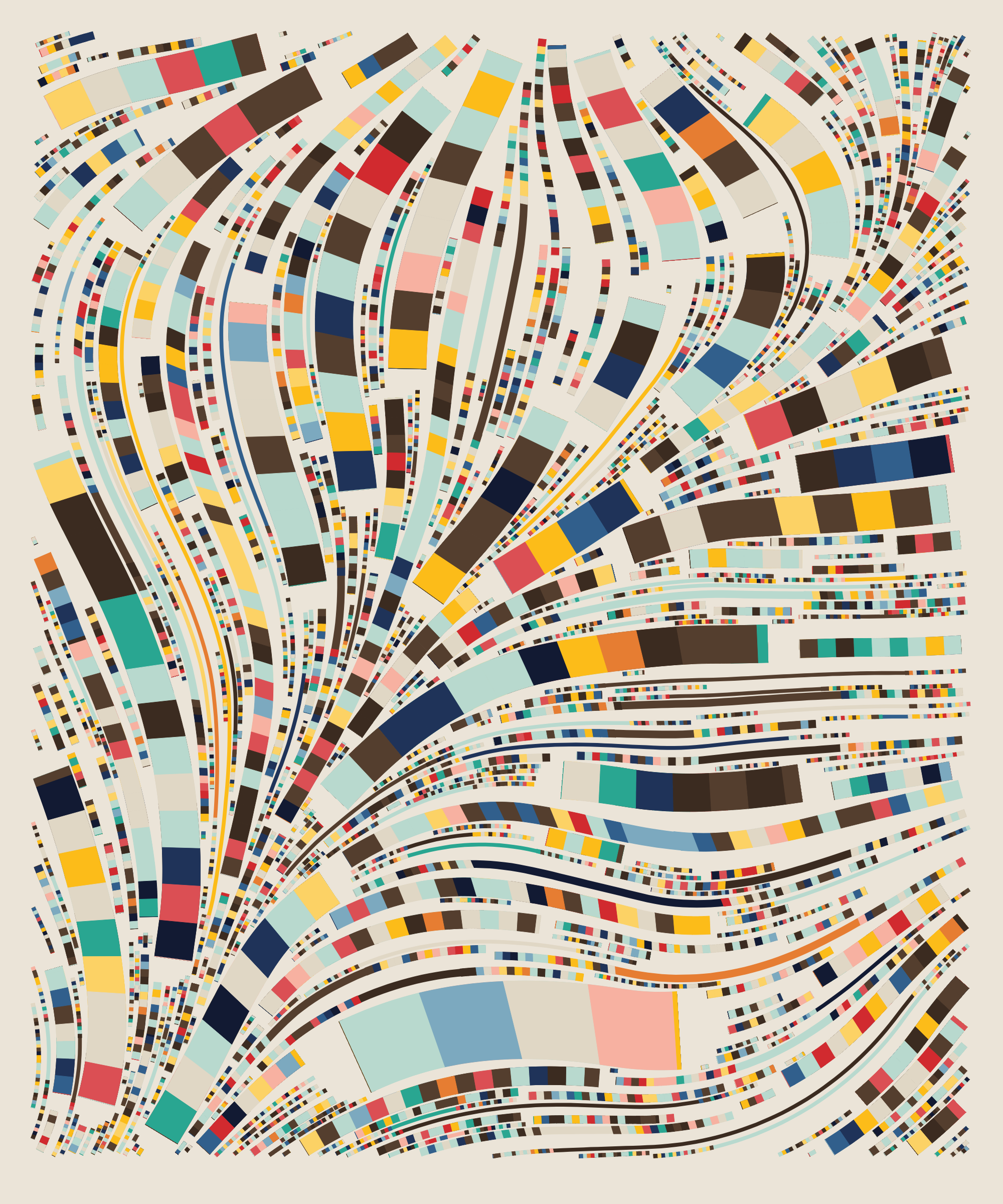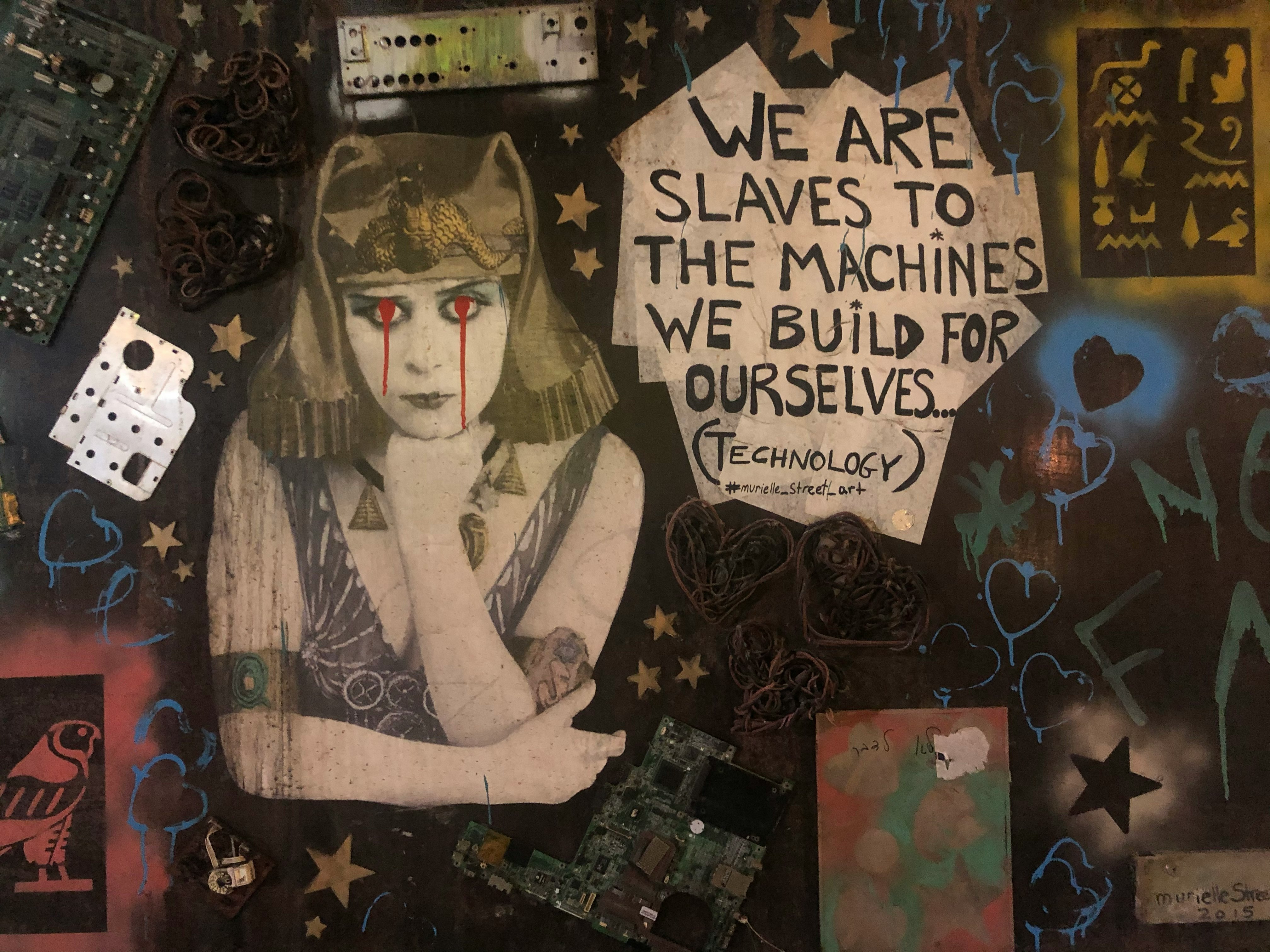Creators economy future in crypto
As the world becomes increasingly digital, the role of content creators has never been more important. YouTube stars and TikTok influencers, writers, photographers, musicians — all of the creative people help us learn new things, entertain us, and provide us with a creative outlet. They help us stay informed about current events, educate us on a wide range of topics, and inspire us to think more deeply about the world around us.
Content creators play a vital role in helping us stay connected to one another. Through their work, they bring people together and create a sense of community, whether it's through online forums, social media groups, or live events.
Ultimately, content creators help enrich our lives and provide us with a sense of purpose and meaning. Whether it's through music, art, writing, or video, they help us experience new things, educate us and make us laugh.
Often these creators rely on their talent and hard work to generate income and build a following.
But despite the widespread success of many content creators, the traditional methods for monetising their work have often left something to be desired. With the economical headwinds, ad revenue can be unpredictable and unreliable. With major social media platforms losing business share and strictening their policies, relying on a single platform to reach an audience can be risky.
Creators are just glorified slaves
Many content creators are facing significant challenges when it comes to monetising their work and achieving financial stability. Creators who rely on social media don’t own any content they produce. Often they don’t have any control over its distribution — they rely on algorithm’s blessing, hope and prey… Which inevitably leads to creating content that ‘does good’ rather than creating something they want to.
Moreover, creators bring all the business (their audience and their content) to social media platforms, but receive only a fraction of the ad revenue that these platforms generate.
While it’s true that without social media platforms there would be no content creators, there comes a time when it may be beneficial for creators to go independent and start producing content that they own, having control over its distribution and building more direct and meaningful relationship with their audience.
What are the alternatives?
There is one particular group of creatives, that I want to talk about, that has already solved this and achieved an incredible success doing what they love. The group I want to talk about is artists, or, because I’m more confident writing about it, generative artists in particular.
Generative art has been around for decades — the term "generative art" was coined by artist Harold Cohen in the 1960s, but the concept has roots that go back much further. Yet since then, despite significant evolution of the craft, only a few people were able make a living from it. Until now.

November 2020 marked a significant moment in the history of generative art, as it was the month that the ArtBlocks was founded. No one knew it at the time, but this was the most impactful thing that happened to genart and artists ever.
ArtBlocks not only had a significant impact on the generative art space by providing artists with new tools and opportunities to showcase and sell their work, but allowed artists to monetize their work through the use of non-fungible tokens (NFTs).
And it worked.
August 2021. Fidenza #313 by one of the most prolific gen-artists Tyler Hobbs was sold for 1,000 ETH, which amounted to just over $3.3 million USD at a time of the transaction. The piece was bought by the seller a few months earlier for just about $1 400 USD.
This changed everything.

For many artists, the sale of Fidenza #313 represented a major turning point, as it showed that it was possible to make a living or a significant side income through the creation of generative art.
The success of Tyler and the use of NFT as a medium helped to further legitimize this new way of selling art and sparked a wave of innovation and experimentation within the not-only-generative art community.
Why this model won’t work for creators
This section alone probably deserves another extensive blog post which I might write in the future, but I want to quickly run through a few potential challenges that may prevent creators in other fields from achieving the same level of success as generative artists.
One of the main challenges is that the majority of generative art sales are still speculative in nature. Massive price tags on some of the most well-known genart collections contribute to the speculative nature of people who are interested in crypto and the majority of the people who buy genart today expect returns in the future. This is usually not the case with other types of content, which means way less speculators and way less money for the creators.
However, if creators look for the creative solution — not simply selling their content as NFTs — I think there is a huge untapped opportunity here.
Additionally, the markets are not even remotely comparable. Generative art is a relatively new and niche field, which means that it has a smaller and more dedicated audience. This can make it easier for generative artists to build a following and monetise their work, as they are able to tap into a more specialised and unsaturated market.
Compare this to creators from the other fields — a creator economy bubble have yet to pop and there are millions of people creating content: uploading thousands of hours of videos to YouTube, sending out millions newsletters and publishing social media posts every single day.
However, not every creator needs millions of followers to make a living. In fact, Kevin Kelly says, you only need one thousand true fans! This drastically lowers the bar and is certainly possible to achieve to everyone who wants to make cool stuff for a living.
As Naval said: “The internet enables eight billion monopolies”
Current solutions
There are many websites and services that help creators solve the problem of monetising their work. One example is BuyMeACoffee, where you can donate a few dollars to support your favorite creators. Patreon is another option, where creators can create a "closed fan-club" and offer their supporters exclusive content or perks in exchange for their donations. These platforms offer creators more flexibility in how they deliver content, provide personal access to their community, and offer a more predictable source of income.

Platforms like Gumroad allow creators to sell their digital products directly to their audience. This includes things like ebooks, courses, software, music, and other types of digital content. Gumroad provides creators with a simple and straightforward way to set up and manage their own online store, including features like customisable pages, marketing tools, and analytics.
One of the main benefits of using Gumroad is that it allows creators to own their content and have more control over how it is sold and distributed. This can be especially valuable for creators who are producing high-quality, original work, as they are able to set their own prices and retain a larger share of the profits. Gumroad also supports a range of payment options, including recurring subscriptions and one-time purchases, which allows creators to offer their audience a variety of ways to support them.
If these solutions are so good, why is there nothing similar on blockchain — a technology that is literally built for this? Why do so few people seem to care about creators and the challenges they face, despite the fact that this is one of the largest markets out there?
These questions kept me up at night.
Meet DeCoFi — buy me a coffee on blockchain.
For far too long I’ve been relying on other people or no-code tools to solve obvious problems, so in late 2022 I decided it’s time to learn code. I knew what problems I have to solve - there are far too many. So I chose something I knew I could build with my minimal coding knowledge — so I decided to build DeCoFi — a donation platform on tezos.

On DeCoFi, you can create a profile like https://decofi.xyz/mav and share it with your followers. Now all they have to do to support you is to connect their wallet and send you a donation - it’s that simple. They can remain anonymous or send you a nice message. No registration is required from their side.
This is my first contribution to the creators economy, but certainly not the last. The roadmap is robust as I have many more features and ideas I’d love to work on.
Conclusion
In conclusion, the creators economy on blockchain holds great promise for helping content creators monetise their work and build a more sustainable and equitable career. While there are still many challenges to be addressed and opportunities to be explored, it is clear that the blockchain has the potential to revolutionise the way that creators are compensated and recognised for their work.
As we move forward, it is important to recognise the value that creators bring to the digital economy and to work together to build platforms and systems that support their success. This includes developers who can help build the infrastructure and tools that creators need, investors who can help fund and support innovative projects, and creators themselves who can share their insights and expertise.
I invite you to join me in contributing to the creators economy on blockchain and helping to build a more vibrant and sustainable future for content creators. Whether you are a developer, investor, or creator, there are many ways that you can get involved and make a difference.
